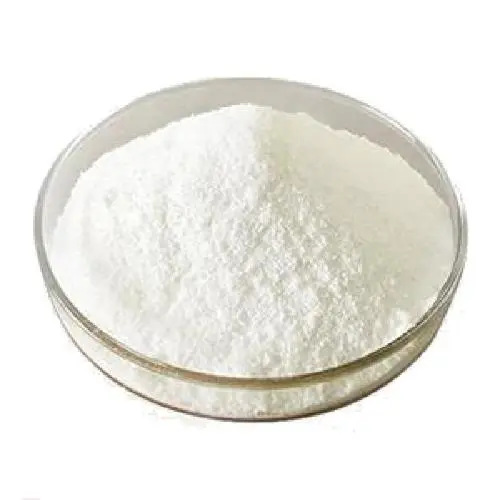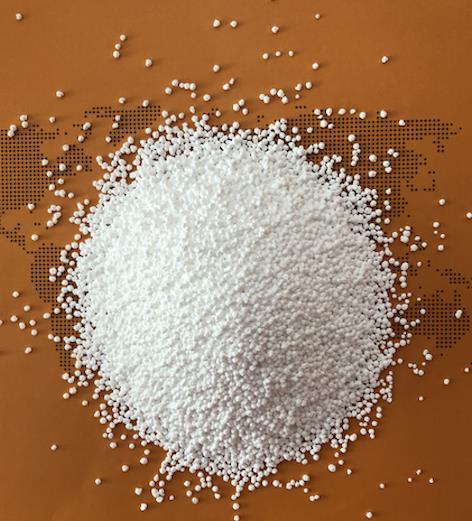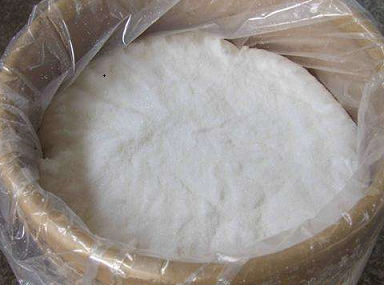What is the mechanism of action and toxicity of Sodium benzoate?
Sodium benzoate is commonly used in worldwide food. As a food additive, sodium benzoate has the E number E211. Nowadays, food and drink consumption involves these preservatives because almost all products, even fresh or dried food, are always added preservatives to extend their lifespan. For using benzoate groups such as sodium benzoate and potassium benzoate in dairy products such as ice cream, pudding, and yoghurt, the FDA allows sodium benzoate to be used at 300 mg/1 kg. As a result of long-term intake, even though it is small, the preservatives may cause harm to consumers with some sicknesses and in chromosome levels. The following adverse effects of food preservatives are nausea, vomiting, diarrhea, rhinitis, bronchospasm, migraine, anaphylaxis, and hyperactivity in children [1].
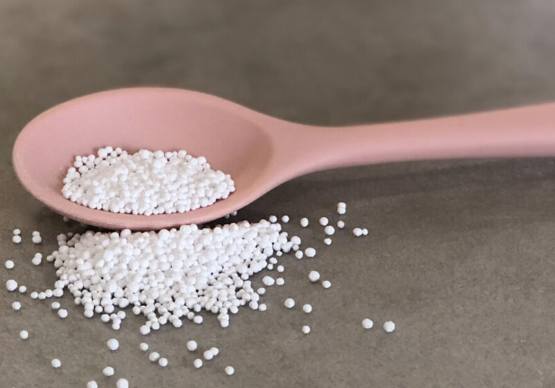
It is bacteriostatic and fungistatic under acidic conditions. The mechanism starts with the absorption of benzoic acid into the cell. If the intracellular pH falls to 5 or lower, the anaerobic fermentation of glucose through phosphofructokinase decreases sharply, inhibiting the growth and survival of microorganisms that cause food spoilage.
Ishidate et al. reported that sodium benzoate caused chromosome aberrations in the Chinese hamster fibroblast cell line. In an in vitro study, ornithine transcarbamylase and tyrosine aminotransferase, marker enzymes in the mitochondria and cytosol of rat liver hepatocytes, were clearly suppressed by sodium benzoate at concentration in excess of 500 μg/mL and inhibited DNA synthesis with 100 μg/mL. Oyanagi et al. and Mpountoukas et al. studied the genotoxic, cytostatic, and cytotoxic potential of sodium benzoate in human peripheral blood cells in vitro. They reported that sodium benzoate concentrations of 2.0, 0.2, and 0.02 mM caused no cytostatic activity to be detected, and 4 and 8 mM caused weak cytostaticity. They concluded that the preservatives can be nongenotoxic at low concentrations. Türkoğlu and Zengin et al. studied the effects of sodium benzoate of 20 to 100 ppm for 5, 10, and 20 hrs on root tips of Allium cepa. Compared with control, mitotic index values decreased, and chromosome aberrations (anaphase bridges, C-mitosis, micronuclei, lagging, stickiness, breaks, and unequal distribution) increased with increasing concentrations and the longer treatment period. The toxicity of sodium benzoate did not cause missense mutation Ala40Thr of the superoxide dismutase gene in lymphocytes and was not associated with type 2 diabetes occurrence.
[1] Pongsavee, Malinee. “Effect of sodium benzoate preservative on micronucleus induction, chromosome break, and Ala40Thr superoxide dismutase gene mutation in lymphocytes.” BioMed Research International (2015): 103512.
References:
[1] PONGSAVEE M. Effect of sodium benzoate preservative on micronucleus induction, chromosome break, and Ala40Thr superoxide dismutase gene mutation in lymphocytes.[J]. ACS Applied Bio Materials, 2015. DOI:10.1155/2015/103512.You may like
Related articles And Qustion
See also
Lastest Price from Sodium benzoate manufacturers
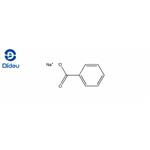
US $0.00/kg2025-09-18
- CAS:
- 532-32-1
- Min. Order:
- 1kg
- Purity:
- 99%
- Supply Ability:
- 10000KGS
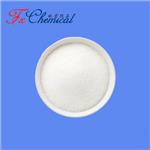
US $0.00/KG2025-04-21
- CAS:
- 532-32-1
- Min. Order:
- 25KG
- Purity:
- 98%min
- Supply Ability:
- 30tons/month

